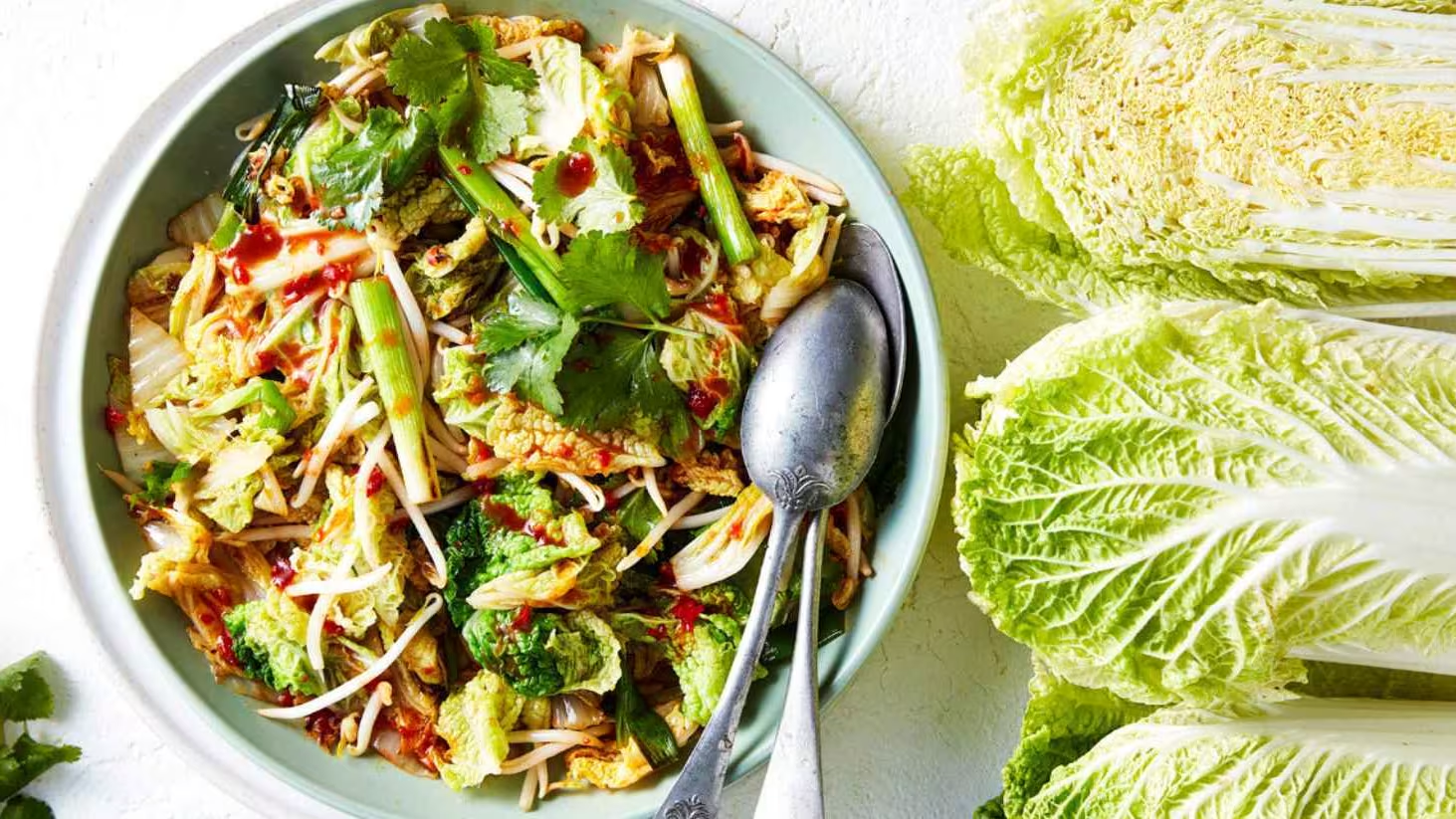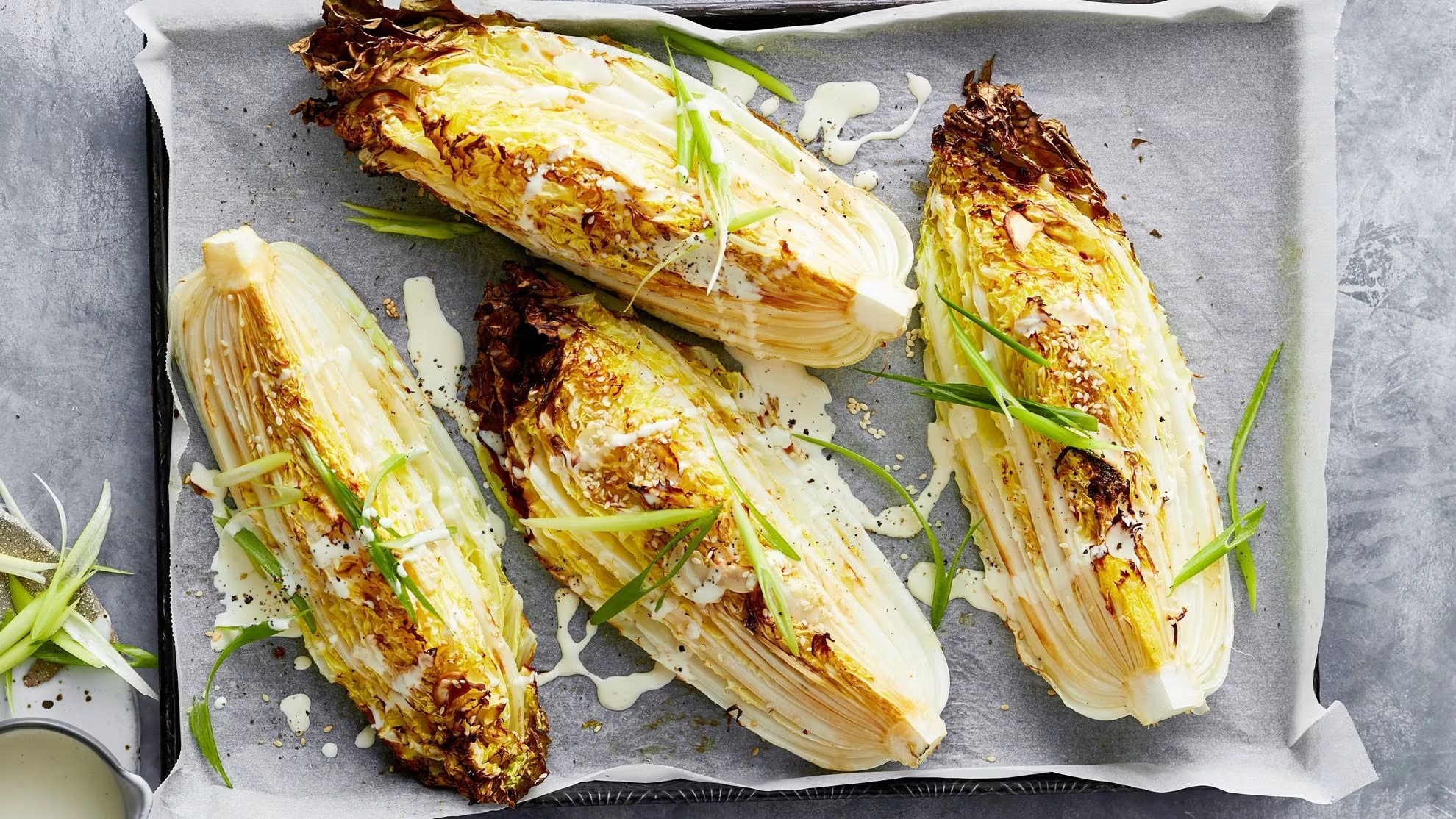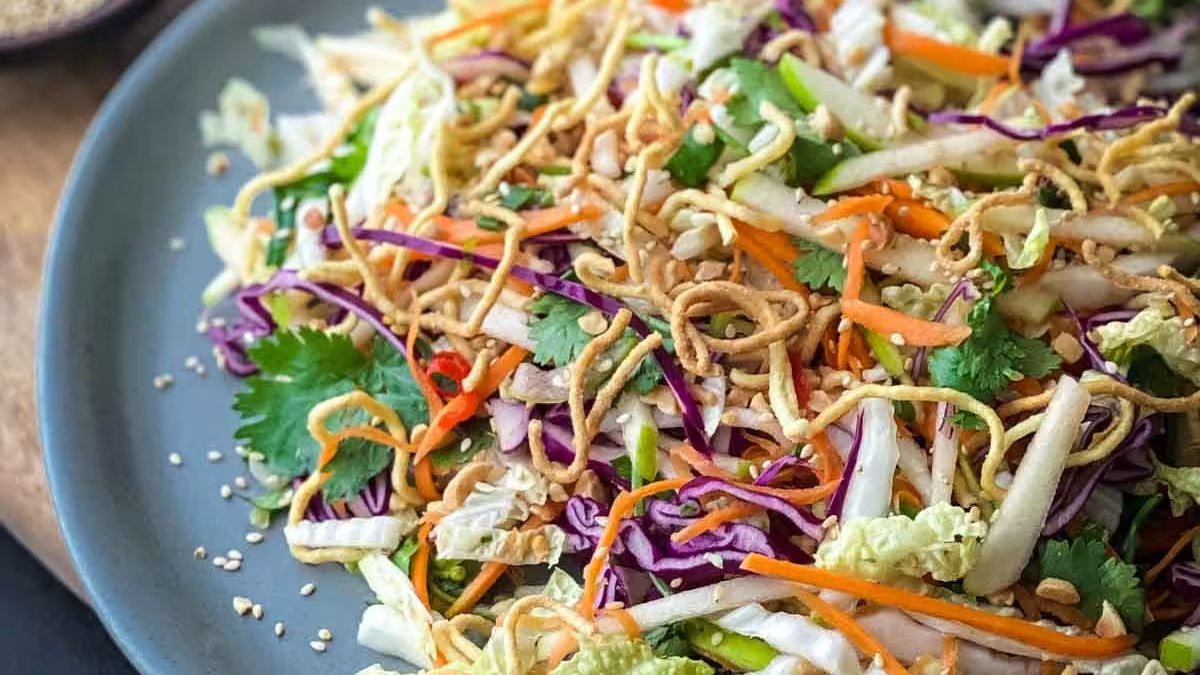
Delicious Wombok Recipes: Easy Stir-Fried Wombok with Garlic and Ginger
Written by Jessica Lopez
Published at 05-02-2024
Edited on 04/01/2025 | 04:26 AM
Vegetarian RecipesCourse: Main Course
Cuisine: Asian
Difficulty: Easy
Servings
4-6 servings
Prep Time
15 minutes
Cooking Time
20 minutes
Total Time
35 minutes
Fat
7g
Protein
3g
Carbs
10g
Calories
120 kcal
Welcome to the world of wombok, also known as Chinese cabbage, a versatile and nutrient-packed vegetable that adds crunch and flavor to a variety of dishes! Whether you’re a seasoned chef or a novice in the kitchen, wombok recipes are perfect for everyone. This leafy green is not only low in calories but also rich in vitamins C and K, making it a healthy addition to your meals. From salads to stir-fries, wombok can elevate your culinary creations with its slightly sweet and mild flavor.
In this post, we’ll explore some simple yet delicious wombok recipes that are sure to impress your family and friends. Learn how to incorporate this fantastic vegetable into your everyday cooking, and discover why wombok deserves a prime spot on your grocery list. If you're looking to add some excitement to your meals while also keeping them nutritious, look no further! Our featured recipe today is a quick and easy stir-fried wombok with garlic and ginger that brings out the best flavors of this lovely green.
Perfect as a side dish or a main course, it’s a delightful way to enjoy wombok’s crisp texture. So let's dive into the wonderful realm of wombok and get cooking! You’ll find that with just a few simple ingredients, you can create a mouthwatering dish that’s as pleasing to the eye as it is to the palate. Ready to get started? Let’s whip up some delicious wombok recipes today!.


